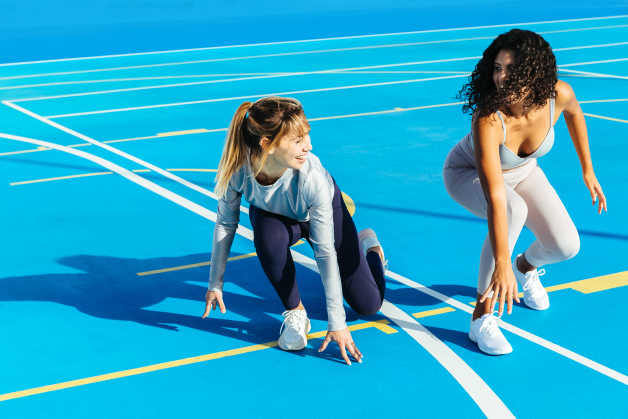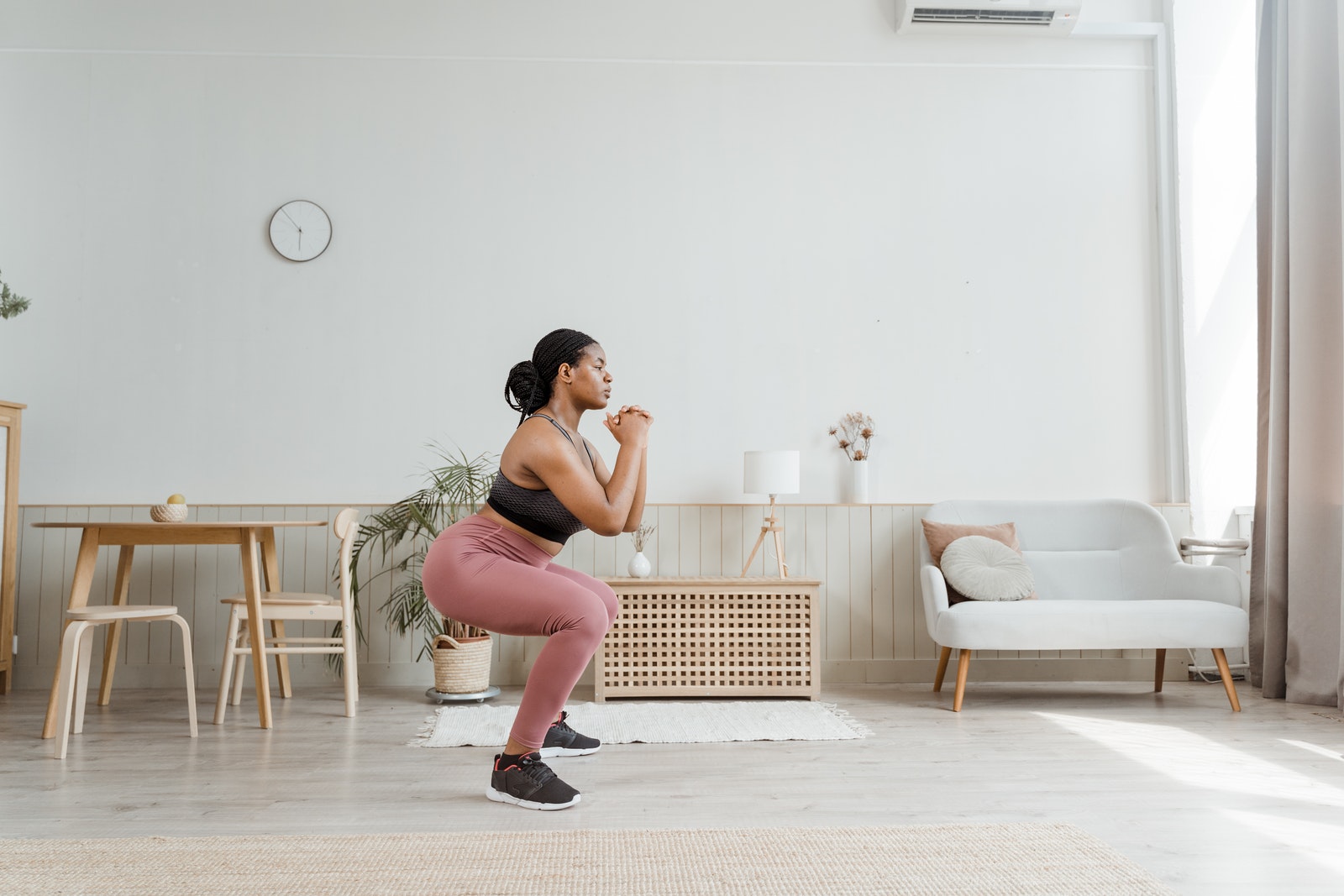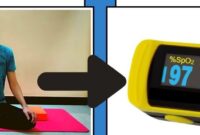The body has motors to regulate agility and harmony of motion. Coordination exercises train these motor skills. Some coordination exercises examples that you can try. Know the types and benefits of each.
What is a coordination exercise?

Coordination exercises are flexibility exercises that aim to train muscle tissue, the cardiorespiratory system, and the central nervous system (CNS).
Incorporating balance and agility exercises into your exercise routine will benefit motor coordination.
Motor coordination is the ability to move various body parts to perform certain activities.
For example, dribbling a basketball uses your arms and hands to bounce the ball. Simultaneously, your feet move your body around the court.
That is called bilateral coordination when you use two different body parts simultaneously, such as the movement of your hands and feet while playing basketball.
Good coordination can help you move more agile and balanced during activities. It includes performing various difficult movements during exercise quickly and accurately.
Examples of coordination exercises
Coordination exercises involve flexibility exercises both internal and external to the body.
This movement will train proprioception (touch receptors and awareness), balance, and timing.
Coordination movement exercises generally include:
- eye and hand coordination,
- reaction to Gestures (gesture based on gestures promptly),
- hand and foot coordination, and
- eye and foot coordination.
The following are some examples of easy coordination movement exercises suggested by Elizabeth Kovar, health and fitness expert at ACE Fitness.
1. Stand by throwing the ball.

This exercise aims to train body balance as well as hand-eye coordination skills. Here’s the movement coordination exercise.
- You start by placing both feet on the floor.
- Position the body with one leg raised by 90 degrees at the hip.
- Toss a tennis ball alternately into each hand.
- Eyes must follow the ball.
- Complete a set of 8 -10 reps on each leg.
2. Contralateral and ipsilateral
These coordination exercises examples will train your hand and foot coordination. This exercise is divided into two movements, namely contralateral and ipsilateral.

The following are the steps to perform each movement.
Contralateral movement
- Raise your right arm above your head and raise your left leg by 90 degrees at the hip.
- Hold for 3-5 seconds and lower to the starting position.
- Then raise your left arm above your head and simultaneously raise your right leg by 90 degrees at the hip.
- Continue the exercise movements alternately.
Ipsilateral movement
- Raise your right arm above your head and raise your right leg 90 degrees at the hip.
- Hold for 3-5 seconds and lower to the starting position.
- Next, raise your left arm above your head and simultaneously raise your left leg by 90 degrees at the hip.
- Continue the exercise movements alternately.
3. Walk, throw and catch
An example of this coordination exercise is a combination of eye coordination exercises with hand and foot coordination.
Finding a friend or partner to do this exercise would be best. Here’s the coordination exercise movement
- You and your partner stand side by side, parallel.
- Start walking with a partner.
- Bounce the ball on the floor and aim it at your partner.
- Ensure you don’t throw the ball too far forward for your partner to catch.
- Do the exercise by walking back and forth and taking turns bouncing the ball.
4. Squats with a focal point

Example The next exercise is to do squats by focusing attention on one point. This movement will train your eye and hand coordination.
This example of coordination exercise has two ways; the following is a full explanation.
First step
- Stand straight with your feet hip-width apart.
- Raise your arms to shoulder height and extend your palms facing forward.
- Find a focal point on the wall or floor in front of you.
- Slowly do squats while the right arm moves to the side of the body (rotating the body) while still focusing on the focal point.
- Return torso and arms to a standing position. Next, do the same movement on the left arm.
- Do the right and left-hand movements alternately.
Second way
- Stand straight with your feet hip-width apart.
- Raise your arms to shoulder height and extend your palms facing forward.
- Focus on the moving fingers.
- Slowly do squats while the right arm moves to the side of the body (rotating the body) while still focusing on the fingers of the right hand.
- Return torso and arms to a standing position. Next, do the same movement on the left arm while still focusing on the fingers of the left hand.
- This method will train your head to rotate in the same direction as your arms.
5. Reaction squats
This coordination exercise example requires a partner to cue you to make a move.
This exercise will train eye-foot coordination and how you respond to cues given by your partner.
- You and your partner stand facing each other.
- Couples will use their hands to point right or left.
- You must align the movement of the side squat according to the direction indicated.
- You and your partner can repeat this exercise.
6. Reaction training
This coordination exercise aims to train your reaction or response to cues from a partner or friend. Here’s how to do it.
- Stand in front of a bench or step.
- Couples signal by saying the word “right” or “left.”
- You climb a bench or step with a foot that matches the cue.
- You can climb onto a bench with both feet or bend the other leg 90 degrees at the hip.
7. Swimming
8. Tai chi
9. Contactless boxing
10. Playing handball with friends.
11. Bouncing the ball against the wall
12. Doing ball juggling
13. Sewing or knitting
14. Painting or drawing
15. Playing video games
Those are some coordination exercises examples that are quite easy and simple.
Exercising motor coordination skills can improve physical fitness.
You can feel the benefits of coordination exercises when you undergo a lot of physical activity, including work that involves a lot of body movement.



